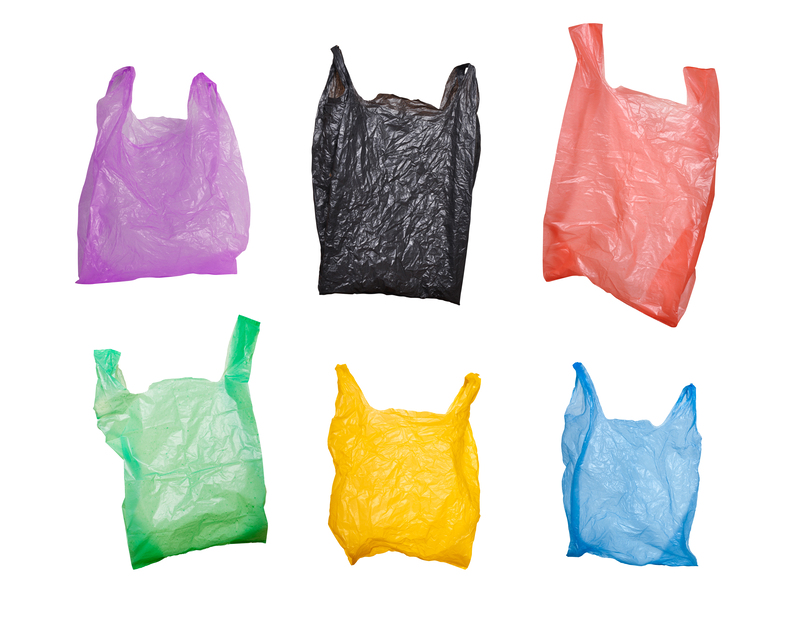Innovative Methods to Lessen Manufacturing Waste
In today's rapidly evolving industrial landscape, minimizing manufacturing waste is not only an environmental necessity but also a cost-effective strategy for companies. This article explores a variety of innovative methods companies can adopt to reduce the by-products that result from manufacturing processes, further enhancing productivity and sustainability.
Understanding the Impact of Manufacturing Waste
Before delving into the methods to reduce manufacturing by-products, it's crucial to understand their implications. Manufacturing waste can lead to environmental pollution, increased production costs, and decreased efficiency. By minimizing waste, companies can enhance their operations, reduce expenses, and contribute positively to the environment. Here's how innovative approaches can help achieve this:

Adopting Lean Manufacturing Principles
The Lean Manufacturing method focuses on waste reduction at its core. By utilizing tools like 5S (Sort, Set in order, Shine, Standardize, Sustain) and Value Stream Mapping, companies can identify areas for improvement and streamline production processes to eliminate excess.
The 5S Methodology
Implementing the 5S methodology helps in organizing the workplace, which in turn reduces waste and facilitates smooth operations. This methodology emphasizes:
- Sort - Removing unnecessary items to declutter the work area.
- Set in order - Arranging items for easy access and operation.
- Shine - Maintaining cleanliness and organization to prevent waste.
- Standardize - Establishing procedures to maintain orderliness.
- Sustain - Cultivating a culture of continuous improvement.
Implementing Circular Economy Practices
The concept of a circular economy is gaining traction globally as a strategy to reduce waste by reutilizing resources. Instead of the traditional "take-make-dispose" model, companies can integrate the following principles:
Resource Recovery
This involves the process of extracting useful materials or energy from by-products, reducing the need for virgin material inputs and minimizing environmental impacts. Techniques such as remanufacturing and product life extension are integral components of resource recovery.
Design for Environment
By designing products with their entire lifecycle in mind, companies can reduce waste generation significantly. This approach considers the environmental impact of products from design to disposal, ensuring sustainable practices are embedded from the outset.
Utilizing Advanced Technologies
Technological advancements offer numerous prospects to minimize manufacturing waste. Some of the noteworthy innovations include:
3D Printing
Additive manufacturing, or 3D printing, significantly reduces wastage by building components layer by layer, only using the material necessary to create a part. This eliminates the excessive scrap typically produced in subtractive manufacturing processes.
IoT and Data Analytics
The Internet of Things (IoT) combined with data analytics can provide real-time insights into manufacturing processes. By monitoring machine performance and product quality, companies can identify areas to improve efficiency and reduce waste.
Implementing Zero Waste Programs
Adopting a zero-waste program involves systematically reducing waste produced and diverting it from landfills. This is achieved through comprehensive recycling programs, waste audits, and producer responsibility initiatives.
Waste Audits
Conducting regular waste audits helps companies understand the types of waste produced and develop strategies to manage or eliminate it. This provides valuable intelligence for targeting waste reduction efforts effectively.
Engaging Employee Participation
Employees play a crucial role in waste reduction. By engaging and motivating employees, companies can foster a culture of efficiency and sustainability. Encourage employees to contribute ideas and participate in waste reduction initiatives, creating a sense of ownership and responsibility.
Training Programs
Training employees on efficient use of resources and the importance of minimizing waste through workshops and seminars can build awareness and accountability. An empowered workforce contributes to a reduction in waste through improved practices and innovative solutions.

Collaboration and Partnerships
Lastly, collaborating with recycling partners, suppliers, and stakeholders can enhance waste reduction strategies. By building synergies between different entities, companies can access new avenues for resource optimization.
Supplier Engagement
Working closely with suppliers to procure sustainable raw materials and adopt eco-friendly packaging can lead to significant reductions in manufacturing waste. Collaboration can inspire innovation, leading to mutually beneficial solutions.
Conclusion
Reducing manufacturing waste is a multifaceted endeavor that involves the adoption of modern methodologies and the collaboration of stakeholders. By embracing lean manufacturing principles, leveraging technology, and fostering a culture of sustainability, companies can significantly lower their waste production and enhance their operational efficacy. The integration of these innovative approaches not only makes good business sense but also serves a higher purpose in preserving our planet for future generations.
In pursuing a sustainable future, these approaches provide a roadmap for companies seeking to achieve environmental responsibility and operational excellence. As industries continue to evolve, so too will the methods for waste reduction, paving the way toward a cleaner, more efficient world.